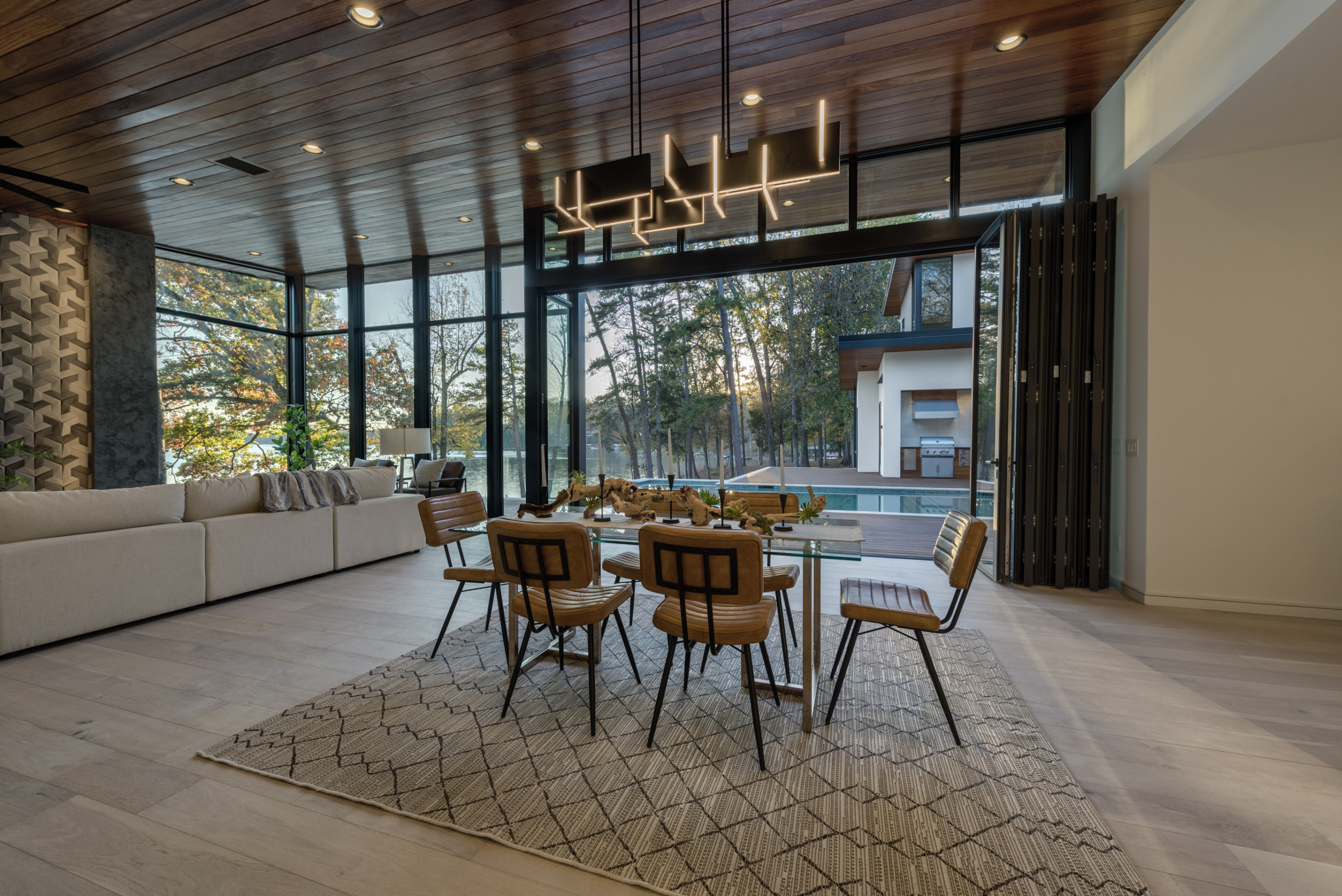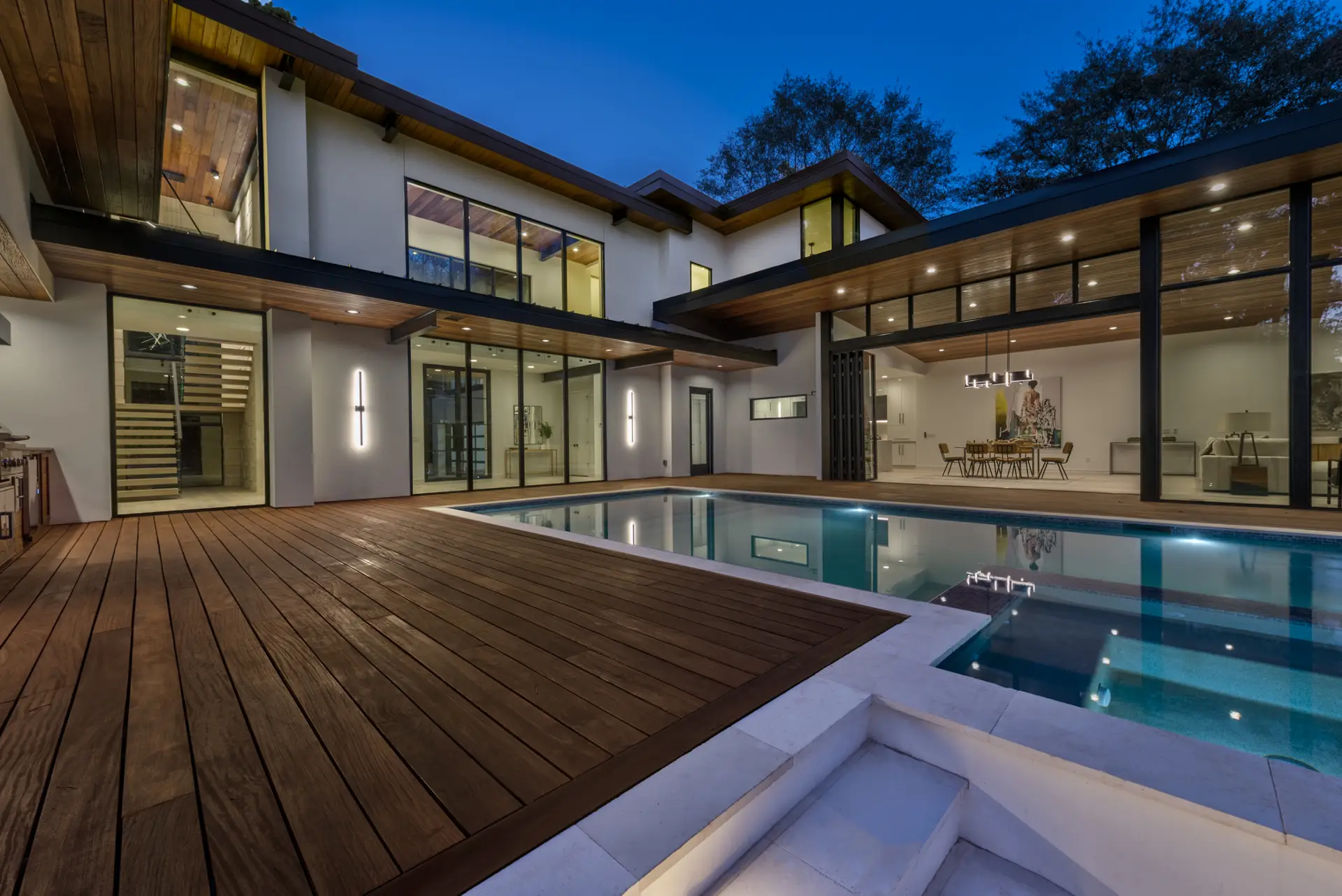Folding Doors: A Popular Trend in Custom Home Design
In the realm of custom home design, every detail counts. From the layout to the finishing touches, homeowners aspire to create spaces that reflect their lifestyle and preferences. One architectural element that has gained significant popularity in recent years is the folding door. Not only do these doors bring a sense of openness and airiness to a home, but they also seamlessly merge indoor and outdoor spaces, creating a harmonious flow that is perfect for entertaining or simply enjoying a sunny day.
Maximizing Natural Light with Sliding Folding Door Installation
One of the key features of folding doors is their ability to maximize natural light. With advancements in technology, low-emissivity (low-e) glass has become a popular choice for these doors. Low-e glass helps to minimize heat transfer, keeping interiors cooler in the summer and warmer in the winter, all while allowing ample natural light to filter through.
Considerations for Folding Door Costs and Investment
However, such sophistication comes at a cost, with folding doors starting at around $1,000 per linear foot (before installation). This investment, though significant, is often justified by the transformative effect these doors have on a living space.
Design Considerations for Folding Doors in Custom Homes
When it comes to design considerations, the maximum panel width size of just under 3.5 feet will dictate the number of panels in the door and the sightline obstructions. Not all brands offer the same width panels, so the choice of the manufacturer can be key if minimum obstructions are desired.
Choosing the Right Frame Material for Folding Doors
Homeowners can choose between vinyl, aluminum-clad or all-metal frames, each offering its own set of benefits. Aluminum-clad frames provide durability and resistance to the elements, making them ideal for exterior installations, while all-metal frames offer a sleek, contemporary look that complements modern architectural styles.
Structural Requirements for Sliding Folding Door Installation
In custom home construction, attention to structural elements is paramount, and the installation of folding doors is no exception. When considering the header requirements for these expansive openings, builders often look to materials such as Laminated Veneer Lumber (LVL) or steel for the necessary support. LVL offers a compelling combination of strength and versatility, making it an excellent choice for spanning wide distances while maintaining structural integrity. Alternatively, steel provides unmatched strength and durability, particularly in areas prone to high winds or seismic activity.
Maximizing Functionality with Folding Doors in Home Design
In terms of functionality, folding doors offer versatility that is unmatched by traditional patio doors. The ability to have one operable hinged panel while all other panels move to one side optimizes open space, creating a seamless transition between indoor and outdoor living areas. This configuration is perfect for hosting gatherings or simply enjoying the fresh air on a sunny day. The operable hinged panel can be used just like a regular door without having to open the entire folding door.
Protecting Your Home with Overhangs and Track Options for Folding Doors
Architectural nuances such as overhang requirements and the choice between a flush track or raised sill are also important considerations. Overhangs play a crucial role in the performance of folding doors, especially in climates prone to heavy rain or wind-driven precipitation.
Ensuring Accessibility and Smooth Operation of Folding Doors
Despite their size and complexity, folding doors are remarkably easy to operate, thanks to innovative engineering and design. Whether opening or closing, these doors glide effortlessly along their tracks, allowing homeowners to effortlessly connect with the outdoors.
The Value of Sliding Folding Door Installation in Custom Home Design
In conclusion, folding doors represent a marriage of form and function in custom home design. From their ability to bring light indoors to their seamless integration of indoor and outdoor spaces, these doors have become a staple feature in modern homes. While the initial investment may be substantial, the benefits in terms of aesthetics, functionality, and quality of life make folding doors a worthwhile addition to any custom home.




